Inspired by the genre of YouTube videos where younger people listen to older music, The Pudding is running a project to find the generational music gaps. Enter your age, songs play, and you say if you know the song or not.
The aggregate results are shown as more people listen. For example, the above shows the percentage of people in a given age group who did not recognize the listed songs.
I’m looking forward to what they do with the finished dataset.

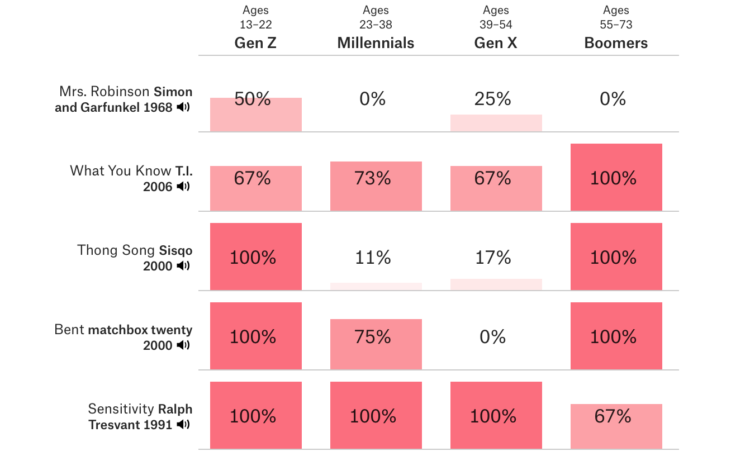
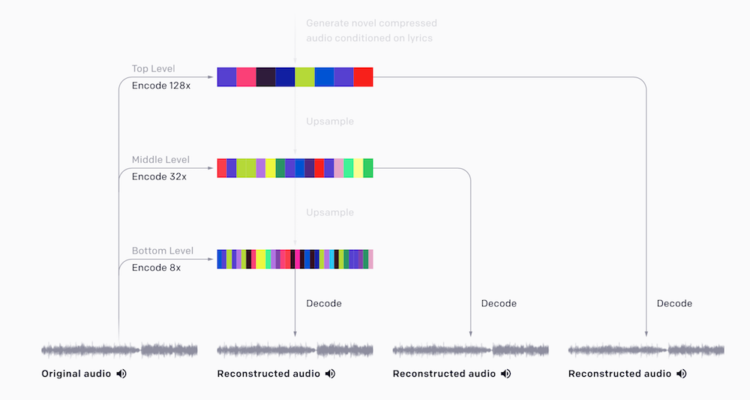
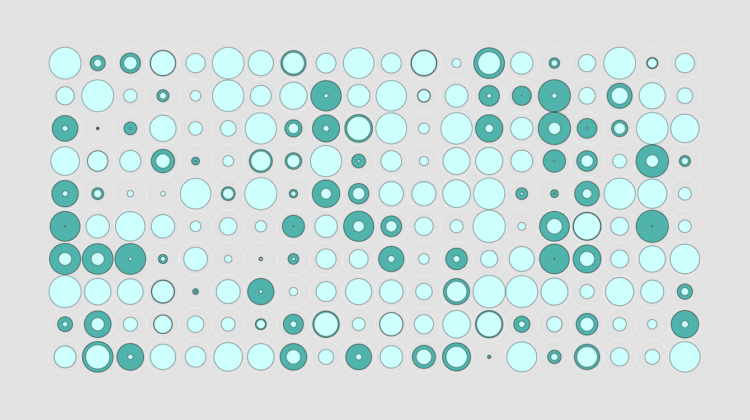
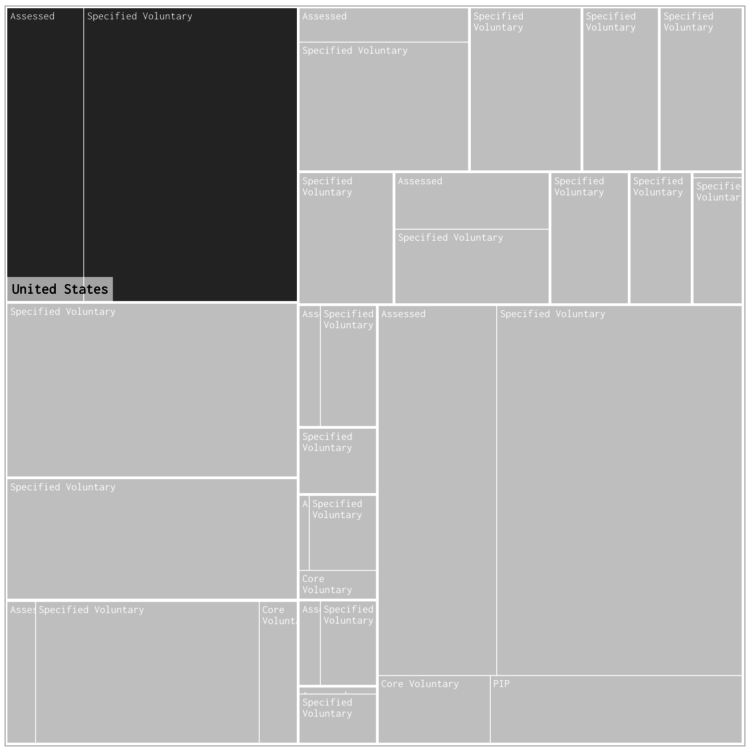
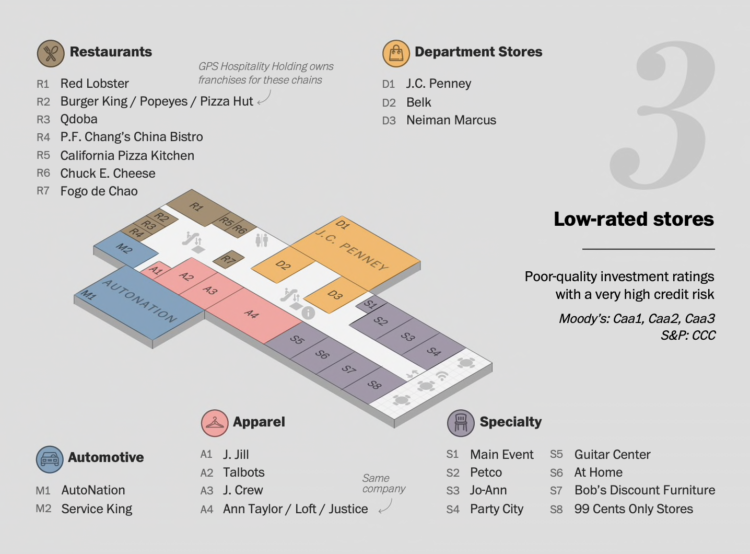
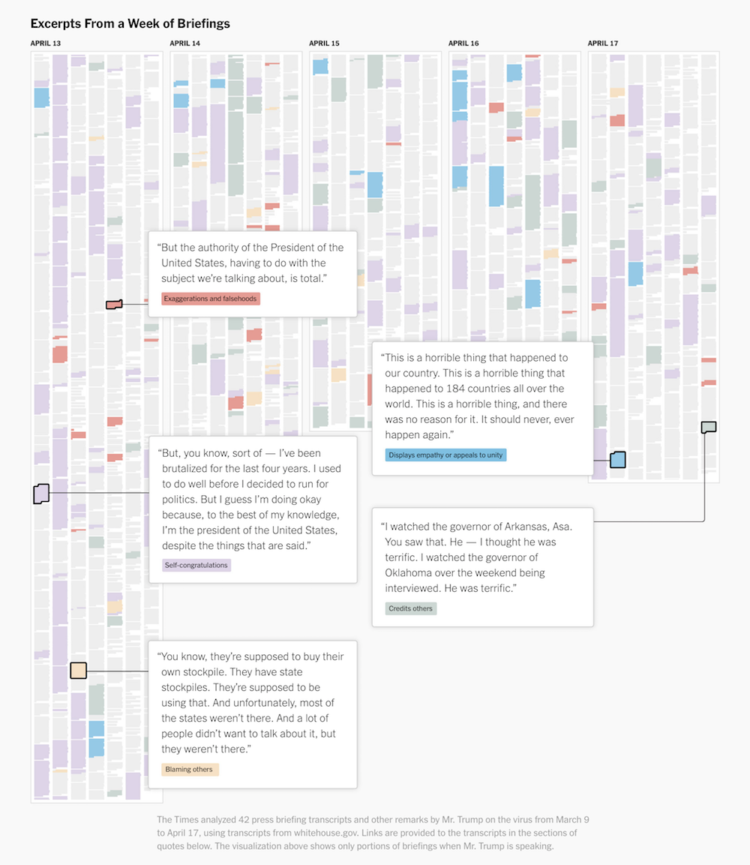
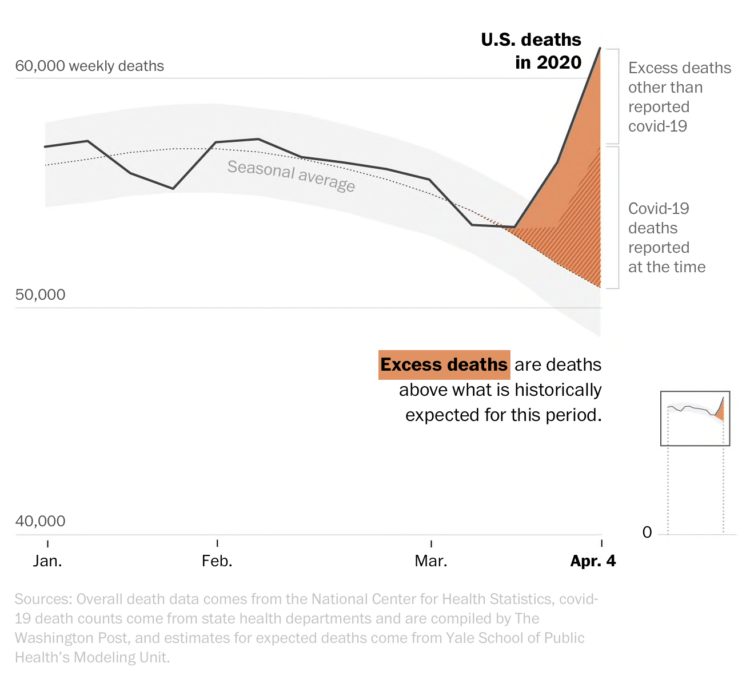
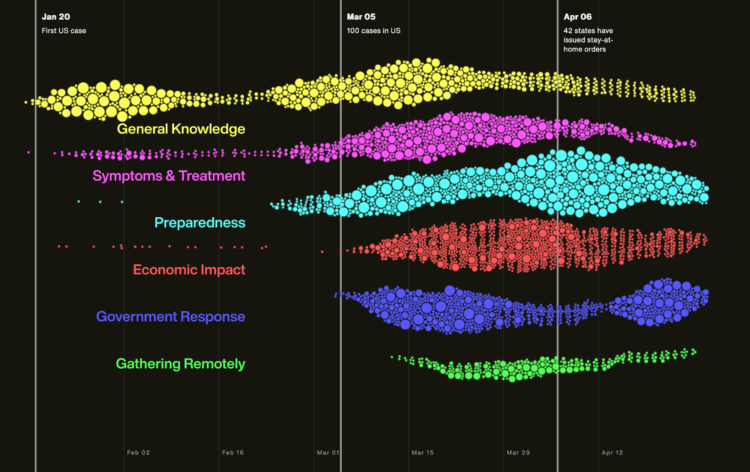

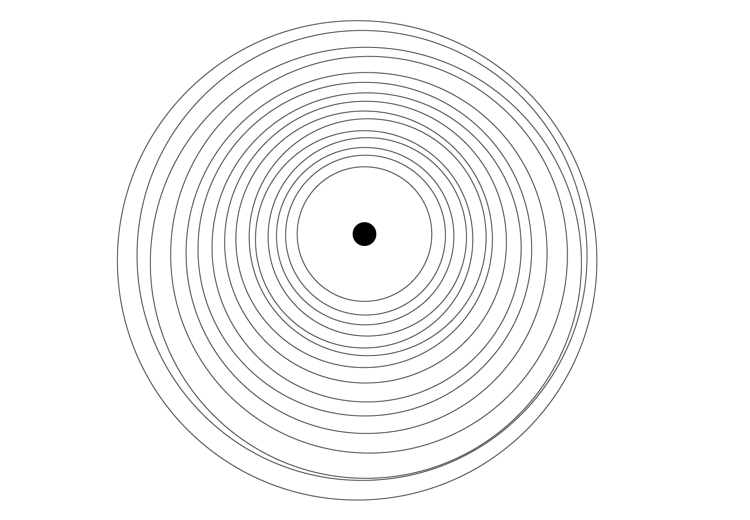
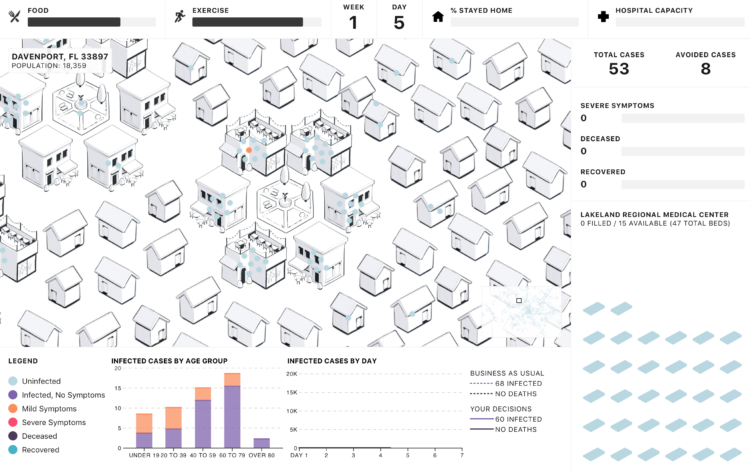

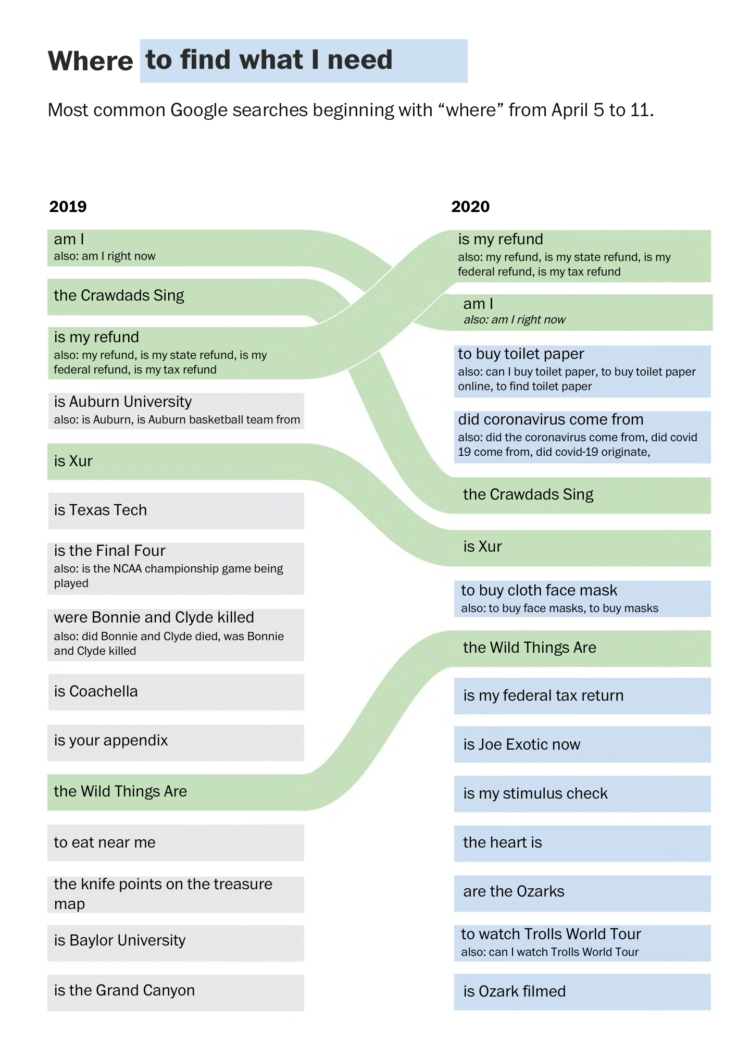


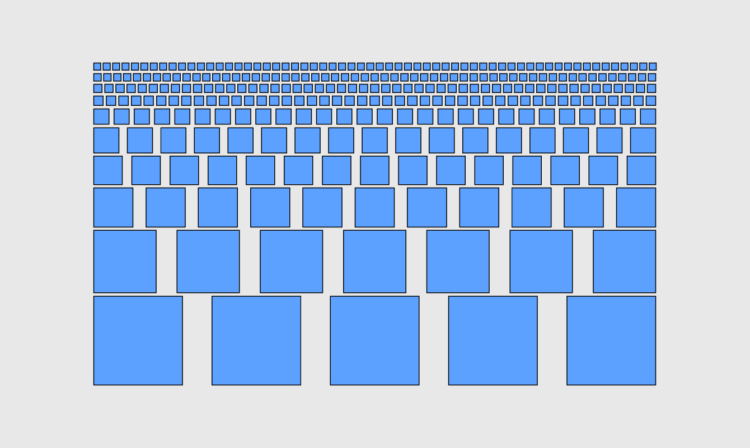
 Visualize This: The FlowingData Guide to Design, Visualization, and Statistics (2nd Edition)
Visualize This: The FlowingData Guide to Design, Visualization, and Statistics (2nd Edition)










